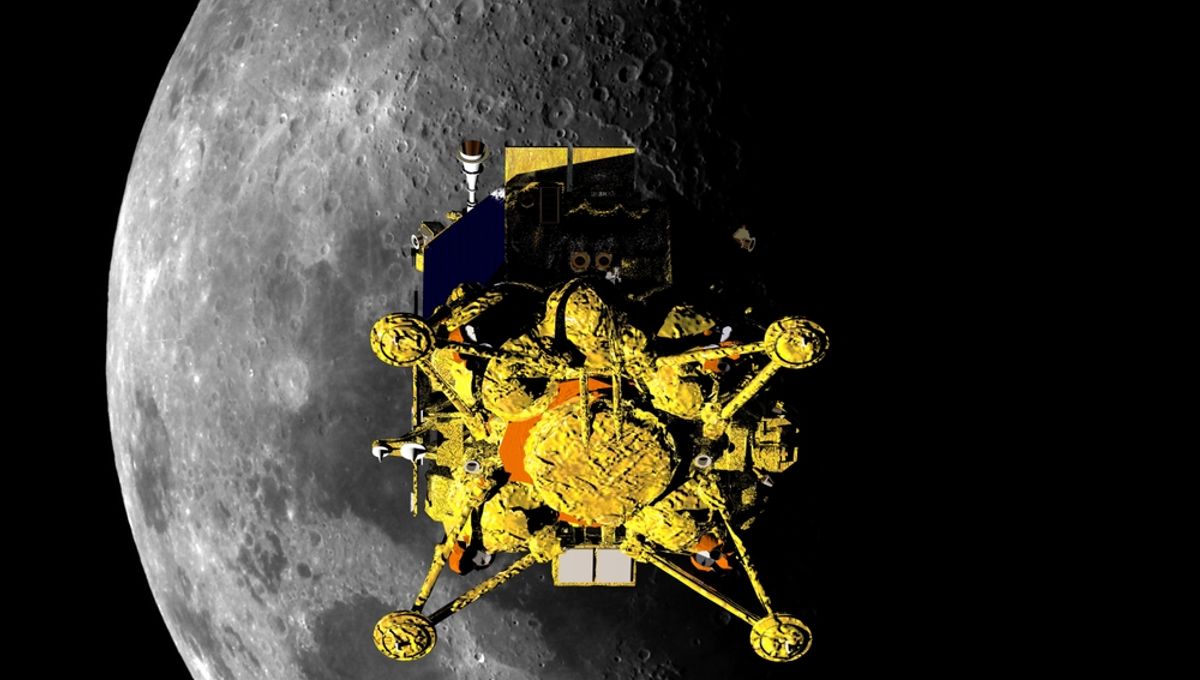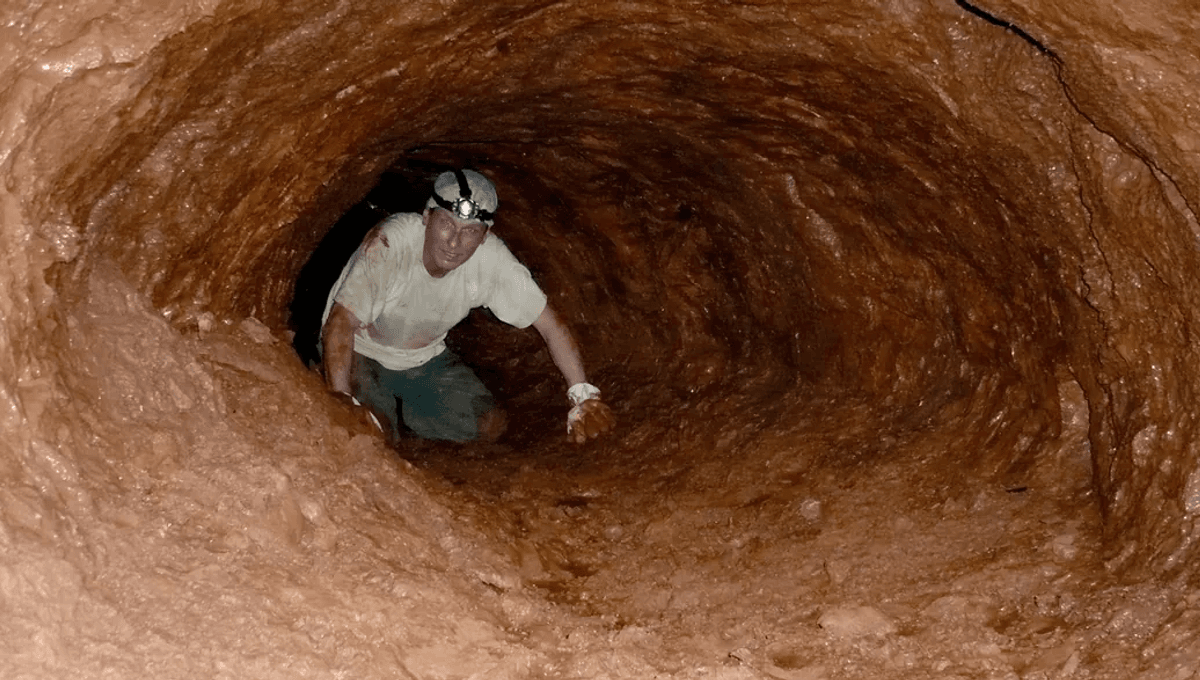The highly anticipated Luna 25 mission, launched on August 10, aims to land near the lunar south pole, where scientists have discovered evidence of ice at the bottom of deep craters. This discovery could potentially pave the way for future lunar bases, as astronauts would no longer need to bring their own water, significantly reducing mission costs.
However, landing near the poles is no easy feat, which is why no one has attempted it until now. India saw this as an opportunity to make history, aiming to be the first to reach the south pole. After India’s Chandrayaan-3 successfully entered lunar orbit on August 5, Russia decided to join the race.
While the Indian Space Research Organization took a cautious approach, prioritizing risk minimization, Roscosmos opted for speed, aiming to complete the same journey in a quarter of the time. The landing was scheduled for Monday, two days ahead of India’s planned landing.
However, on Saturday, Roscosmos made a brief statement on Telegram, hinting at a problem without providing any details. Speculation quickly spread on Russian social media, suggesting that the situation must be serious for Roscosmos to admit to an issue, given its historical lack of transparency.
It now appears that the speculation was correct, as Roscosmos has confirmed that it lost contact with the spacecraft after it moved to its pre-landing orbit. “The spacecraft entered an unpredictable orbit and was destroyed upon collision with the lunar surface,” stated Roscosmos.
Interestingly, the Roscosmos website is currently inaccessible, which may not be a coincidence.
Despite some claims on social media that communication with the spacecraft has been restored, these seem to be based on false hopes.
The Soviet Union successfully landed an unmanned vehicle on the lunar surface in 1966 and returned with soil samples four years later. However, neither the Soviet Union nor its successors have returned to the Moon since 1976. While the Russian space program has demonstrated its strength in launches, including being the first to create an artificial satellite and put a person in orbit, its record beyond Low Earth Orbit has been less impressive, with many missions to Mars and the Moon ending in failure.
Even before this recent disaster, Luna 25 faced challenges, with a planned rover reportedly abandoned to reduce weight. Additionally, two Russian cargo ships have experienced leaks, with one attributed to an unusually large micrometeorite and the other remaining unexplained, adding to the program’s chaotic atmosphere.








